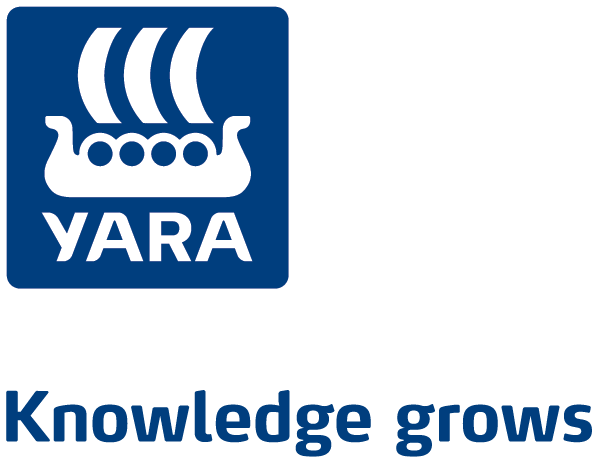N-Sensor - to variably apply nitrogen
The Yara N-Sensor is a real time variable rate nitrogen sensor that allows farmers to measure crop nitrogen requirement as the fertiliser spreader passes across the field and variably adjusts the fertiliser application rate accordingly.
N-Sensor ensures that the right and optimal rate of fertiliser is applied at each individual part of the field. It has become the benchmark technology for precision agriculture.
N-Sensor: tractor-mounted remote sensing
Site-specific fertilisation is one of the main objectives in precision agriculture. Variable rate application requires accurate and efficient tools to determine the actual nutrient demand. Remote sensing techniques offer the opportunity to deliver this information quickly, precisely and cost-efficiently. The N-Sensor has been developed to determine the crop nitrogen status by measuring the light reflectance properties of crop canopies and to enable variable rate fertilisation “on-the-go”.
N-Sensor use advantages
- Bring the optimal fertiliser rate in every part of the field
- Enhance the crop potential all over the field
- Increase fertiliser efficiency
- Decrease nitrogen residues in soils post harvest
- Increase yield
- Quality is more homogeneous
- Reduce harvesting time and cost
- Reduce risk of nitrogen losses to the environment
How does N-Sensor work?
The N-Sensor determines a nitrogen demand by measuring the crop’s light reflectance covering a total area of approximately 50m2. Measurements are taken every second with the system designed to operate at normal working speeds and all bout widths. Sensing technology applied to agriculture is based on the typical light reflectance curve for vegetation. N-Sensor measures light reflectance at specific wave bands related to the crop’s chlorophyll content and biomass. It calculates the actual N-uptake of the crop. Optimum application rates are derived from the N-uptake data and sent to the controller of the variable rate spreader or sprayer, which will adjust fertiliser rates accordingly.
The whole process of determining the crop’s nitrogen requirement and application of the correct fertiliser rate happens instantaneously, with no time delay. This enables “real time agronomy” to be possible.
N-Sensor development
Following development coordinated by Yara’s Research and Development Centre, Hanninghof in Germany, the first N-Sensor (Classic) was introduced in 1999 for use on cereals.
Work to develop the N-Sensor to keep up with changes in cereal production as well as for use on a wider range of crops and has been a continuous part of Yara’s R&D Programme. More than 250 trials have been carried out between 1997 and 2010 to refine its performance and add new programs such as the Absolute-N calibrations for oilseed rape.
N-Sensor and N-Sensor ALS - two systems, one philosophy
In 2006, Yara launched the new N-Sensor ALS (Active Light Source), which works in a similar way to the classic N-Sensor to determine a crop’s nitrogen demand by measuring the crop’s light reflectance. Both systems make use of the same field trial based agronomic algorithms for optimum site-specific fertilisation and both are connected to a vehicle terminal where crop and GPS data is stored for processing.
The major difference between the two N-Sensors is that the ALS Sensor has its own built in light source. Instead of using daylight for the measurement the N-Sensor ALS is constantly beaming its own source of light at the crop, using Xenon flash lamps, and recording the reflectance. This enables N-Sensor ALS operation independent from ambient light conditions, even at night.
Achievements
- The N Sensor ALS was awarded the RASE Gold Medal in 2008
- Cereal yields increased by 3.5% where the same intensity of fertiliser was used
- Oilseed yields increased by 3.9% through the Absolute-N calibration
- Nitrogen savings of up to 14% have been recorded where N Sensor was used
- Increases in nitrogen use efficiency have reduced the carbon footprint by 10-30%
- Combine performance was increased by 12-20% due to reduced lodging, lower losses, and faster intake speeds
- Protein levels in cereal crops showed greater consistency averaging 0.2-0.5% above target
- An 80% reduction in lodging rates (compared with crops where nitrogen was applied under conventional practices)
Related articles






















































